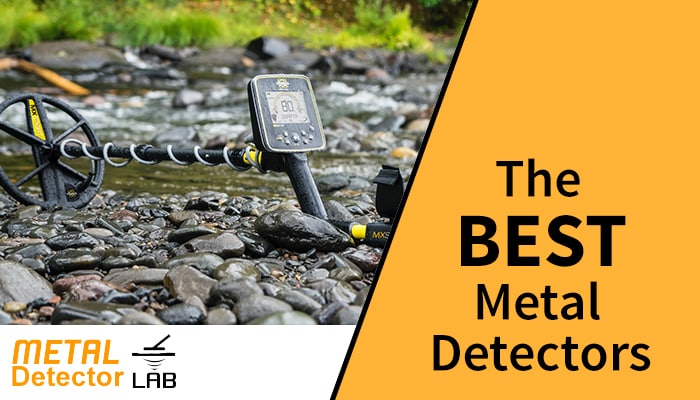Best Deep Seeking Metal Detector

A deep seeking metal detector is designed to detect deep targets, or targets that are buried deeper than a normal metal detector is capable of detecting. Some deep seeking metal detectors are designed to detect targets at depths of up to 6 feet.
The depth of detection is primarily dependent on the frequency of the search coil. The higher the frequency, the deeper the detector can detect. The most common frequencies used in deep seeking metal detectors are 8.5 kHz, 10 kHz, 12 kHz and 14 kHz.
5 Best Deep Seeking Metal Detectors
1. Minelab CTX 3030
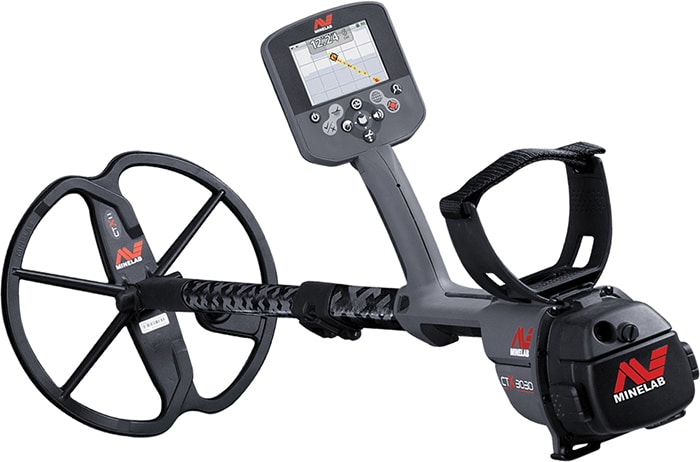
The Minelab's CTX 3030 boasts exceptional performance and build quality. Its target recognition is among the most accurate on the market, and its full-color LCD display has never-before-seen readability.
You can use the built-in speaker, headphones, and wireless audio to your heart's content when accurately exploring the surface with the detector's GPS. Once you've found the most fruitful sites, pass the data to Google Maps using the Exchange 2 PC app, and you'll have a list of tried-and-true hunting spots.
You can read more about it in our review of the Minelab CTX 3030.
2. Garrett AT Gold
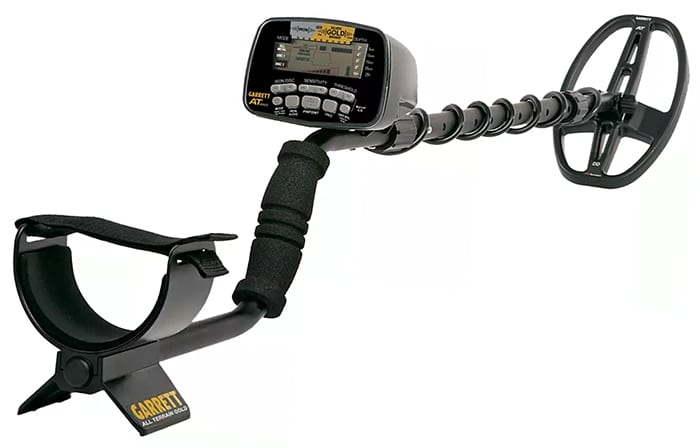
Garrett is another major brand in the metal detector business. The AT Gold is one of the best gold detectors and is ideal for those looking for a metal detector with a variety of features. It retails for approximately $750 and is perfect for intermediate detectorists looking to deepen their involvement in the hobby.
This detector has the advantage of being easily customizable for various terrains. You can choose between manual and automatic ground balance, as well as use the Ground Balance Window. This helps you to distribute the ground balance out to lessen the impact of terrain variations. Plus, if you're willing to get your hands dirty with underwater metal detection, it can also be submerged up to 10 feet.
The AT Gold display provides you with all of the information you require and more. It not only displays the depth, mode, and battery life, but also provides a digital target ID. This will give you a number that will tell you what sort of metal the target is.
This detector operates at a VLF frequency of 18kHz and includes a 5 inch DD coil. It is powered by AA batteries, which you should stock up on before a long day of detecting. To get you started, they include a set of headphones, a waterproof ProPointer, and batteries in the package.
The AT Gold is designed to those that want to use their detector in a variety of settings and who want to be able to detect underwater. It's incredibly simple to use, and the display helps to make it crystal clear what your likely target is.
3. Minelab Equinox 800
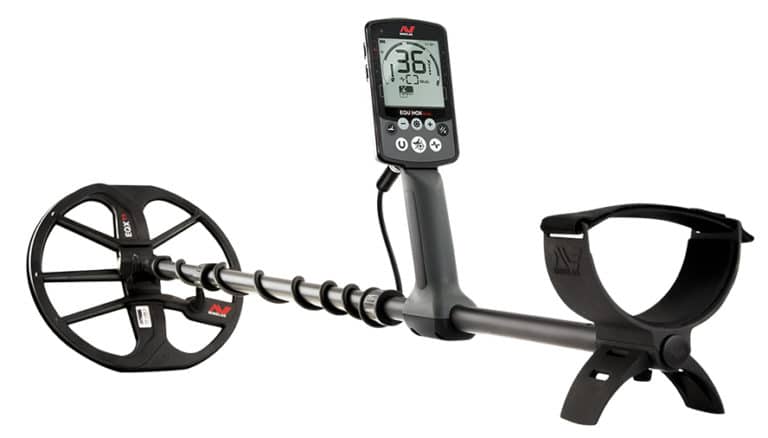
The Minelab Equinox comes with everything you'll need to start looking for lost treasure. The system operates at five different frequencies, ranging from a low of 5kHz for deeply buried coins to a maximum of 40kHz for gold detection. Additionally, it can be used in multi-frequency mode to ensure that nothing is missed under the surface. With options for selecting depth and sensitivity, you can further customize your quest.
A big double-D shaped coil gives the machine a lot of range. A convenient coil cover is also included. The whole unit is waterproof; you can use it at a depth of up to ten feet in the water. So it operates in all weather conditions, on and off ground.
The detector comes with a set of headphones as well as a wireless module that allows for a low-latency Bluetooth link. There's even a charger for the headphones and an aux cable for wired audio. The metal detector comes with a magnetic charging cable, which is a small convenience feature that protects your equipment from harm caused by unintentionally pulling on the cord.
You can read more about it in our review of the Minelab Equinox 800.
4. Garrett Ace 400
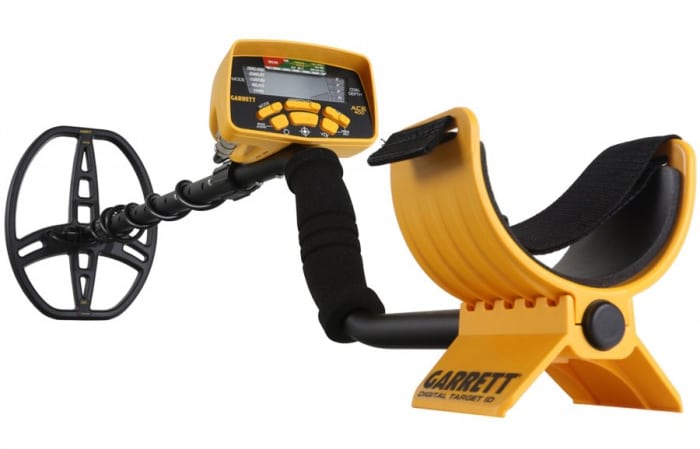
The Target ID display on the ACE 400 shows a number that ranges from 0-99. It also has a frequency range of 10kHz, allowing it to detect low to moderate conductivity metals with greater sensitivity. The ACE 400 has a wider frequency range and an adjustable frequency feature to prevent or minimize unwanted interference from the environment or the soil.
The ACE 400 has 5 different discrimination modes, including coin and jewelry modes. It has a zero-disc mode for detecting all metal, a jewelry mode for detecting objects such as earrings and watches, a coins mode for tracking US and other related coins, a relics mode, and a custom mode.
It also has a notch discrimination scheme, where the discrimination and discrimination selections can both be used at the same time. With this system, you can detect inpidual metal objects as well as distinguish between undesirable trash that might sound like a “healthy” target but regularly falls in a certain range.
You can read more about it in our review of the Garrett ACE 400.
5. Tesoro Compadre Metal Detector
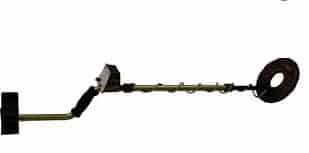
Tesoro has created a great metal detector for beginners, built with the concept of ‘less is better'. Many reviews by metal detectorists have determined that this Tesoro metal detector works best for finding coins and relics. More importantly, it performs admirably as a metal detector without an excessive number of knobs and dials to fiddle with. It's ideal for the typical entry-level beginner!
Uses for Deep Seeking Metal Detectors
When it comes to the sport of metal detecting, an in-depth enthusiast is searching for intense seeking. Anything to help them with their hobby of detection, but at a level they've never been able to do!
Based on what we can already find in a few inches to a foot of depth, being able to scan feet under your feet will open up a whole new world of possibilities.
Of course, detectors with this much strength and range aren't just for hobbyists or enthusiasts. Instead, it has a huge variety of commercial applications.
Deep seeking detectors are all you need for detecting pipes and underground cables, as well as salvaging materials. This list aims to include detectors that can be used for a variety of tasks; however, some will be more ideally suited to particular tasks than others.
Search Coil Configurations for Deep Seeking Metal Detectors
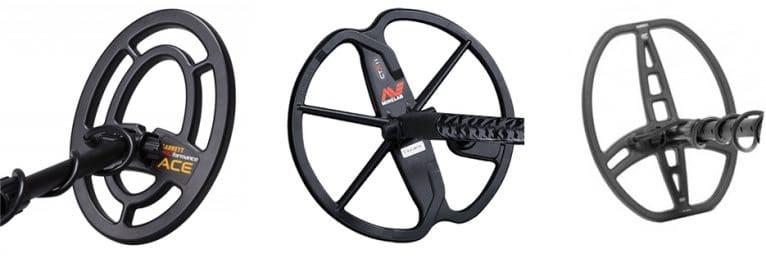
Monoloop coils, concentric coils, and Double-D coils are the most common types of search coils.
Concentric Coils are made up of a large outer coil (the transmit coil) that produces an electromagnetic field and a smaller inner coil which receives signals.
These coils, when used together, create a cone-shaped magnetic field that penetrates the earth. The most precise search coils are concentric search coils, but they are more vulnerable to EMI and ground minerals.
The transmit and receive loops in Double-D Coils are arranged in overlapping “D” patterns.
Signal stability, reduced EMI and ground mineralization interference, and the ability to detect at lower depths than concentric coils are all advantages of this design.
To compensate for ground mineralization, double-D coils produce two search fields. The first is a positive detection field that is both narrow and broad. The second is a large negative detection field which helps to balance out a lot of ground noise.
Monoloop Coils resemble concentric search coils in appearance. These have a single coil that transmits and receives signals instead of several wire coils. Most concentric coils do not penetrate the ground as deeply as this configuration does. However, the increased depth comes at the cost of more mineralized soil intrusion.
Coil Size
In general, the deeper the depth, the larger the coil.
So, common sense dictates that you purchase the largest coil?
There are a few other things to think about. To begin, ground conditions and mineralization contribute significantly in determining which coil size to use.
Although larger coils have greater depth, they also expose more of the earth, requiring the detector to analyze more impulses in mineralized soil, which can result in poor target identification and missed targets.
When this occurs, then you'll be forced to lower your sensitivity, which lowers your depth.
A smaller coil will see less of the ground, process less ground signals, and enable you to raise your sensitivity to the level that you could achieve the same depth in neutral ground as you would with a larger coil.
A smaller coil would not only have equal depth in mineralized rock, but it would also have greater target separation, allowing you to distinguish several targets beneath your coil.
Two Coil Deep Seeking Detectors
In reality, many deep seeking metal detectors have two coils or boxes. Don't be alarmed by the strange configuration; the idea behind having two boxes/coils is that one is transmitting and the other is receiving.
Considerations
Budget
As a general rule, the more money you spend, the deeper the ground penetration, the higher the sensitivity, and the higher the overall performance of functionality you'll receive. Of course, better and more competitive hunts would result as a product of this. They'll be even more durable and versatile on the field and in different terrains.
However, one could spend $10,000 on such a metal detector and, if it isn't right for your needs, you'd be happier with something under $1000.
There are plenty of good quality, entry-level metal detectors in the $200 to $500 tier that will do the job. This is particularly true if you're interested in doing it for fun as a hobby.
Let's not forget that, depending on how you approach it and how much time and effort you put into this, you can certainly make a profit metal detecting. In reality, some people are “DOING” it these days.
After all, treasures aren't only intended to be hoarded; they can also be traded, and you might be shocked by how much money you can extract from the earth or the sea floor.
Frequency
The frequency of a metal detector relates to how frequently the machine's circuitry switches the current direction. The depth to which the detector can detect the object, as well as the size of the object detected, would be directly affected by this.
A metal detector's frequency has a different effect at different depth levels. Lower frequency metal detectors are needed for detecting objects hidden deep in the earth. However, this reduces the machine's sensitivity to smaller targets.
Higher frequencies are unable to detect deep objects, but they can detect wider areas. However, this can be useful for detecting gold and other small, valuable objects.
Please keep in mind that frequency isn't the only thing that influences how deep your quest is. Additional variables such as soil composition, coil type used for the machine, and mineralization (as previously mentioned) would all play a significant role.
Most metal detectors use a low default frequency to allow for a deeper scan. Multi-frequency is used by professionals, and it allows them to move between frequencies based on the search patterns and use.
Multi-Frequency (MF) Metal Detectors
Multi-Frequency Detectors, also known as MF Detectors, have the ability to adjust their frequency on the fly and are among the most professional metal detectors available. They are adaptable, and are used in both urban and beach environments.
You can change the frequency required via the control panel, making it ideal for general metal detection as well as a variety of other types of detection.
The only downside to these metal detectors is that they're costly, but considering their efficiency, if you want to buy anything that will last a long time, this is the way to go.
Do PI or VLF Detectors Go Deeper?
When it comes to purchasing a deep seeking metal detector you can quickly realize that you must choose between a VLF and a PI.
If this is something you want to do as recreation, a VLF detector is the right choice for you. PI metal detectors, on the other hand, are not as common as VLF models, but they are the models you require for when you need to locate targets that are very deep.
A PI system can dig far deeper than you would like to go. They are also adept at locating gold nuggets.
Related Articles
Best Pulse Induction Metal Detectors

When you are ready to upgrade, this is the complete guide to pulse induction metal detectors.
Headphones for Metal Detectors

This guide covers the most important considerations before buying a pair of headphones for metal detecting.
MetalDetectorLab.com is reader supported. When you buy through links on our site, we may earn an affiliate commission.

